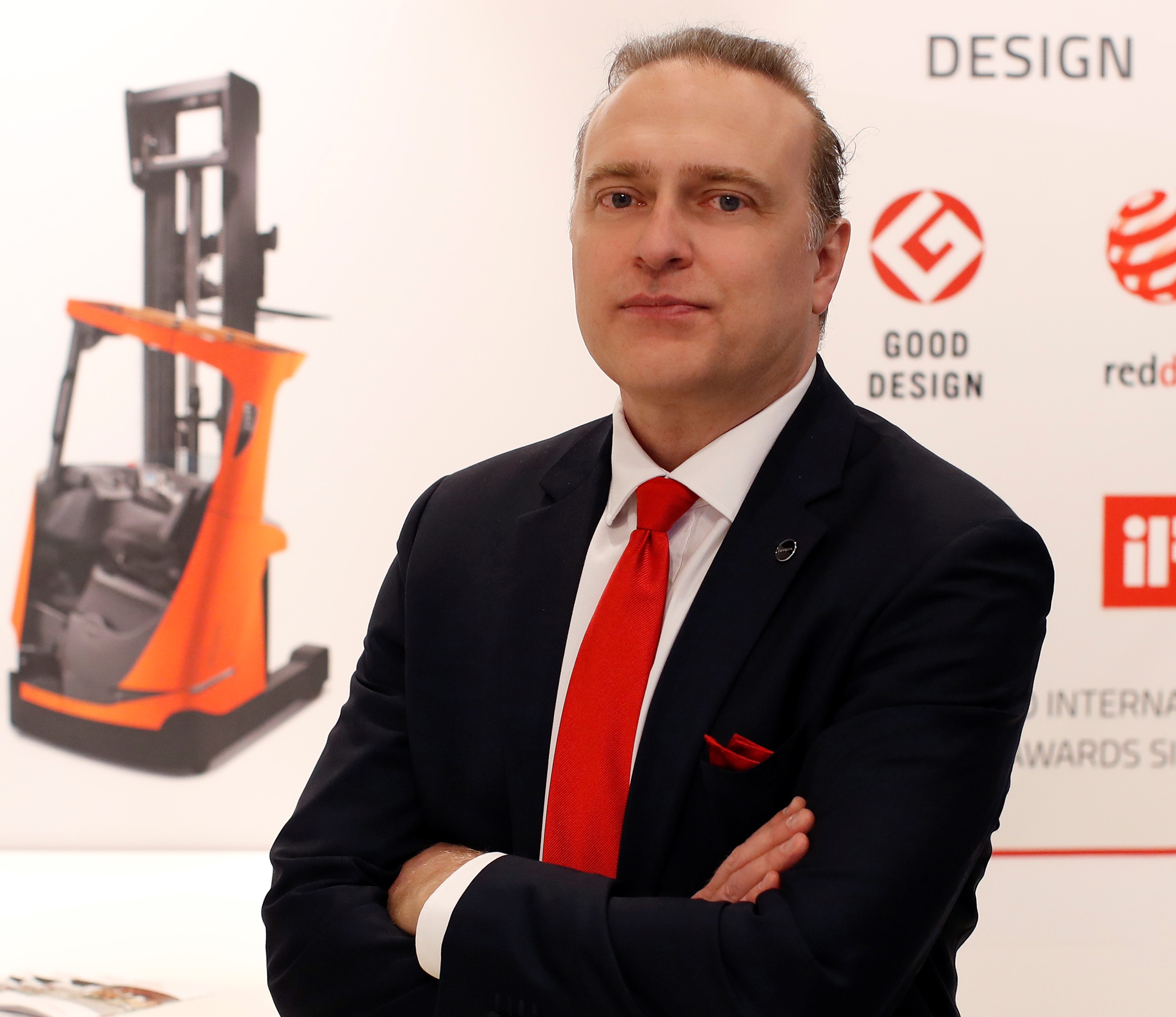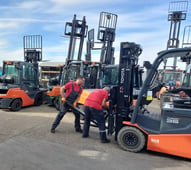Collaboration fuels innovation, particularly in educational settings where students' questions and ideas are pivotal for success. This dynamic process not only enhances the learning experience but brings mutual benefits to all parties involved. The future of design starts right here. Or how we invest in people every day. Read all about it.
Benefits of collaborative learning in design?
In the context of design, collaboration is especially valuable. It enhances social skills, increases engagement, and boosts students' confidence and leadership abilities. Through collaborative methods, students develop a shared understanding of problems, work together to solve problems, overcome design challenges, and ultimately create innovative concepts or products. This cooperative approach encourages students to think more deeply and creatively about subjects, fostering a richer learning experience.
The ability to collaborate has become one of the most sought-after skills in both educational environments and the workplace. Collaborative learning teaches students essential skills for group problem-solving and teamwork, which are critical in today’s interconnected world. By engaging in collaborative projects, students not only broaden their network, but they also gain practical experience in communication, negotiation, and conflict resolution. Quite a few graduates who had entered our design competition ended up working for our Design Center.
Overcoming challenges
It's important to acknowledge that some students enter collaborative experiences with limited understanding of the subject matter. However, the collaborative process itself helps bridge these gaps. As students interact with professionals and share knowledge, they collectively build a stronger grasp of the topic, leveraging each other's strengths and perspectives.

Collaborative learning in design is a powerful tool for developing innovative solutions. It prepares students for the demands of modern society and the workplace by honing their ability to work more effectively with others, to think critically, and to solve complex problems creatively. The benefits of this approach are profound, equipping students with the skills needed for future success, and at the same time offering fresh insights to the design team. This ultimately result in well-researched, more sustainable, and customer-oriented products.
Learning through doing
Our design team collaborates with various universities, fostering a dynamic environment where student designers are encouraged to think outside the box and reimagine sustainable design to address the complex challenges faced by logistics and supply chains.
A great source of inspiration to tackle new challenges – be it environmental or other – is the Toyota Logistic Design Competition (#TLDC). The competition started out on a small, local scale but has grown into a global contest that inspires eager designers-to-be around the world. The extensive collaboration efforts with design colleges, students, and partners are essential to ensure continued growth, and to understand what the world and our customers need.

Student designers are invited to submit their creative ideas related to the challenge they are presented. Some of the entries aspiring designers submit are primarily fun ideas, whereas other contributions go deep into social issues, examining trends they expect will reshape the outline of mobility in society at large.
 At ISIA Firenze, students from the Product Design course have developed innovative prototypes, proposing new functions and equipment to be transported or towed by our towing tractors. Their creative solutions demonstrate a blend of practicality and forward-thinking design.
At ISIA Firenze, students from the Product Design course have developed innovative prototypes, proposing new functions and equipment to be transported or towed by our towing tractors. Their creative solutions demonstrate a blend of practicality and forward-thinking design.
In another initiative, collaborating with the Product Realisation department of Linköping University, students worked entirely with AI technology to develop a robot for simple point-to-point transport. The goal here was not so much what the outcome would generate but the learning process of how to incorporate various AI tools in the design process and understand how to come to the best possible result.
The rise in automation is questioning the traditional role of operators. Is a driver still needed and what is the role of human interaction. Where will you find forklifts in future and how will they interact with their drivers? These are the questions second-year students of the Automotive Design course at IAAD (Istituto d’Arte Applicata e Design) in Turin had to answer.

Lund University’s Curating Parts project showcases students exploring the future potential of leftover parts. By transforming these remnants into everyday objects like clocks, glassware, and turntables, they highlight the importance of sustainability and the creative reuse of materials.
Through these collaborations, we witness and support innovative and socially conscious ideas that the next generation of designers brings to the table.
The future of design
That’s what Toyota Material Handling is all about: helping businesses lift products, move goods, rethink materials, in short, shift things around. We see endless possibilities here to lift logistics to a higher level. The voice of young people matters because they see things differently. Young people are instigators of change, they hold the key to creating a better future. Youth is the future.
Read our design stories to meet the students...





